Real Estate Consultant - We Are Experienced and Highly Rated
How Does the Average Annual Return Compare To IRR?
There are several ways to measure the return on investment, including real estate property. Two of the most popular metrics include the internal rate of return (IRR) and the average annual return, also called the return on investment (ROI). ROI can refer to the return during the life of the investment or the average return during a single year, depending on how the number is calculated. For real estate investors to make the best decision for their portfolios, they need to track the return on their investment. Understanding the differences between ROI and IRR ensures that investors make decisions based on accurate numbers.
What Is the Average Annual Return, or ROI?
The return on investment refers to the percentage decrease or increase in an investment over a set period of time. If this number is annualized, it is the average annual return.
For example, if someone buys a property worth $200,000 and sells it for $300,000 ten years later, the total ROI is 50 percent. $300,000 – $200,000 equals $100,000. $100,000 divided by $200,000 is 0.50, or 50 percent.
It’s possible to calculate the average annual return of this number. That is 50 percent divided by 10 years, or 5 percent per year. When calculating this number for the life of the return, it is important to pay close attention to the number of years. For example, a return of 100 percent might sound impressive, but it is much less impressive if it takes 50 years to achieve that number.
What Is the Internal Rate of Return?
Calculating the Internal Rate of Return is much harder. The formula is complicated, so it can only be calculated through a process of trial and error or a software program that has been specifically designed to calculate the IRR.
The goal of the IRR is to identify the discount, which would make the present value of the asset (or property) equal to zero in a discounted cash flow (DCF) analysis. IRR is another metric used to identify how profitable a potential investment can be.
This calculation aims to identify the rate of return when excluding external factors such as the cost of capital, inflation, and the risk-free rate. IRR and the average annual return will be similar during shorter investments, but the external factors above play a bigger role in the return over prolonged periods. Therefore, the numbers will likely diverge.
Understand the Implications of These Financial Metrics for Investments
Ultimately, these are just two critical metrics that will play a role in calculating how profitable potential investments, including real estate, can be. Investors must understand how these numbers dictate the past, present, and future course of an investment, particularly real estate. Higher rates of return are better, but it is important to look at the implications behind the numbers, not just the absolute value.
Investment Properties – We Can Help You Reach Your Goals
How do I find discount investment properties for sale in Indianapolis, IN?
I want to buy wholesale cashflow properties near me in Indiana.
I need to find real estate listings for cheap properties from companies near Indianapolis.
How can I become a private mortgage lender in Indy now?
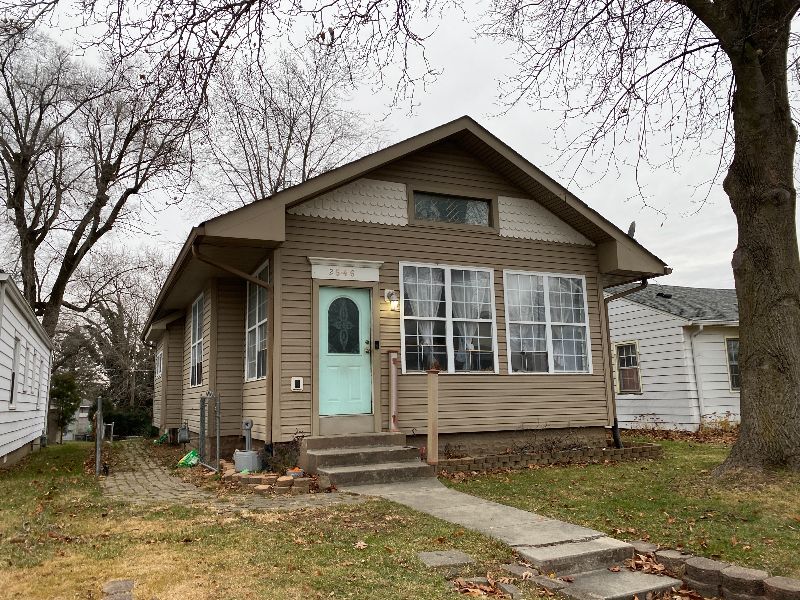
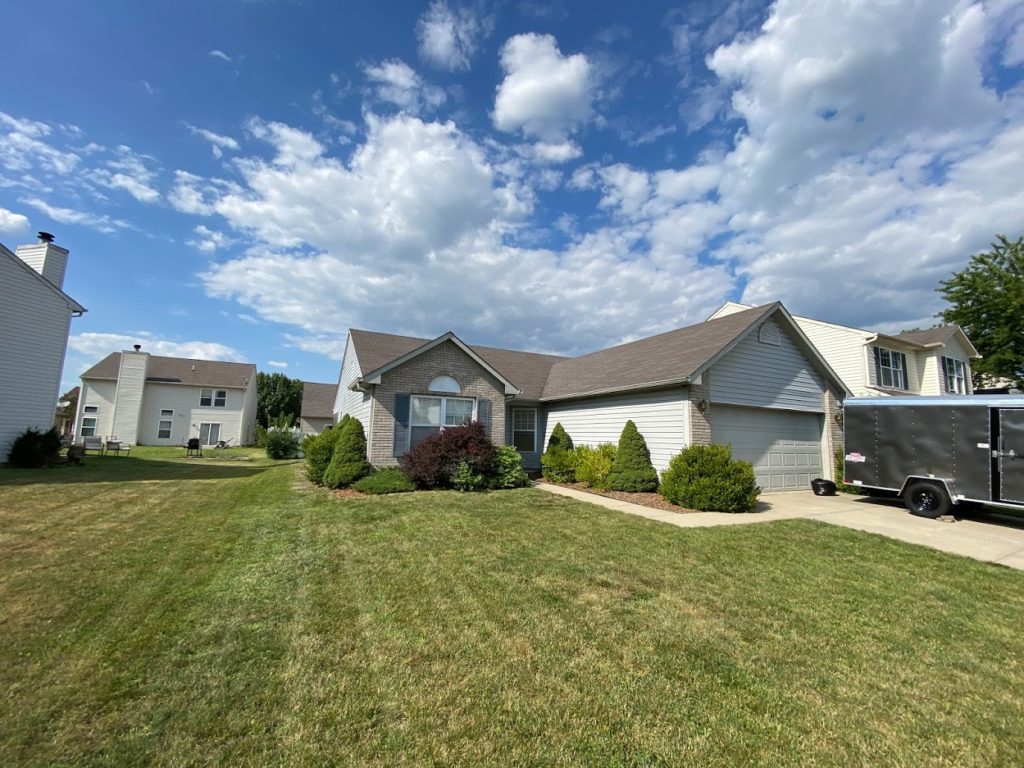


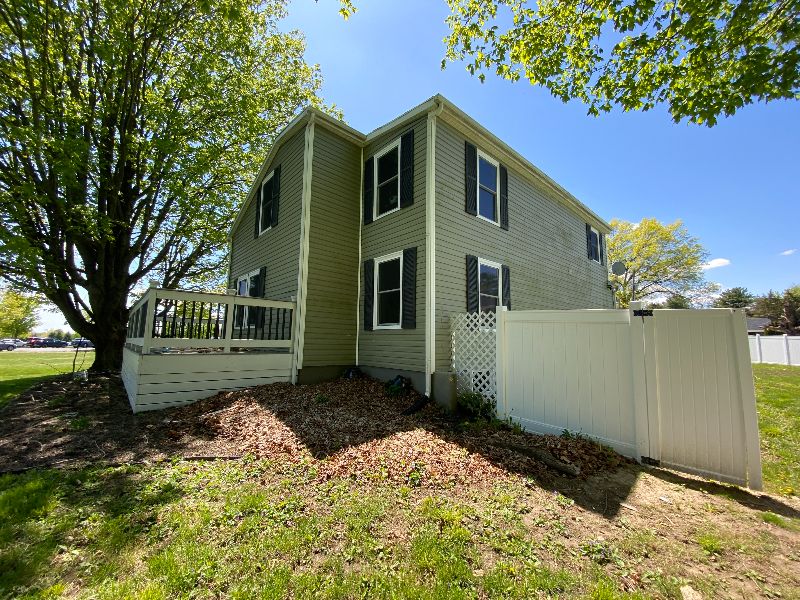

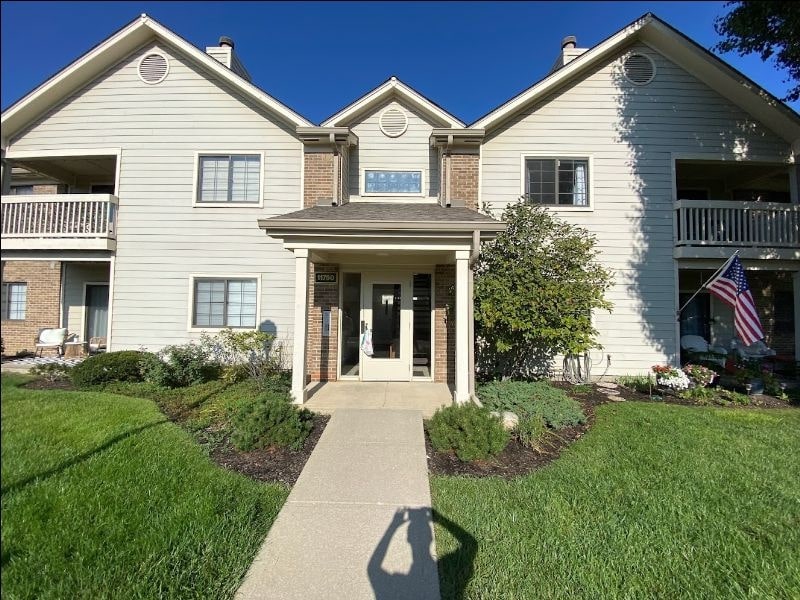


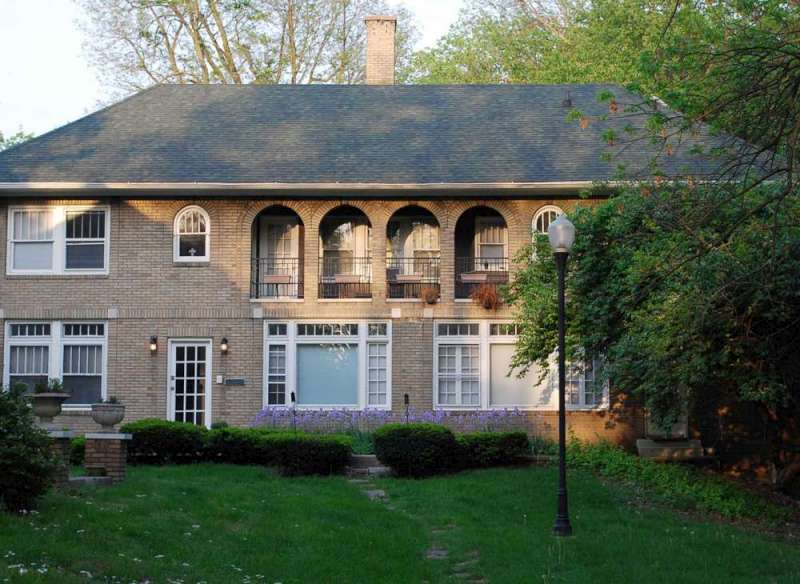
Lawrence, Indiana
Lawrence, Indiana, is located in Marion County. Fort Benjamin Harrison is located in Lawrence. The fort is named after Benjamin Harrison, the 23rd President of the United States. It was once a US Army Post where soldiers were trained from 1906 to 1991. Now, the fort is a historical landmark situated in Fort Harrison State Park. The weather in Lawrence is mild, with four distinct seasons.
Lawrence, IN, is growing twice as quickly as the rest of Indiana. In 2010, the population was 46,001. In 2020, it had grown to 49,370. Located on the northeast side of the city, Lawrence is a suburb of the greater Indianapolis area. There are a lot of homes for sale in the city, and many new apartments are being built as well. They are in great locations for travel to nearby cities and restaurants.
Lawrence has opened several schools during the past few years to accommodate the growing community population. The Lawrence Township school district has four early learning centers, eleven elementary magnet schools, two middle schools, and two high schools. The school district also offers a wide variety of AP and IB programs. These programs help students earn college credit while still in high school. The high school graduation rate is just under 93 percent.